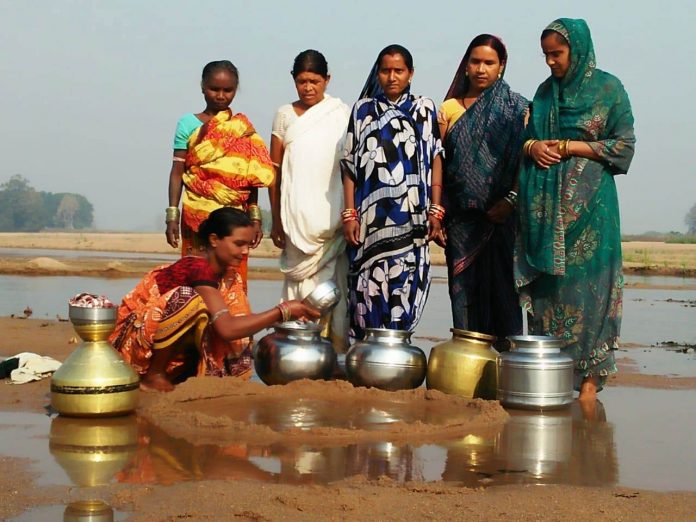“Paen ar Paran…”
We all need water. Water is life. It is an important part of the whole cosmos as one of the pacha mahābhut (five basic elements of all cosmic creation i.e. prithvi, jal, agni, vāyu, and akāsha) according to Indian tradition. It has always been sacred in all of the world’s communities. All the major religions like Islam, Judaism, Hinduism, and Buddhism lend it great importance.
From death to birth water is related to extremely and meaningfully with us. It eliminates the impurity. In all religions and traditions, ritual bathing is of great importance, because it gives a state of purity back to the believer. Cleansing and purification with water are scrupulously carried out before entering a temple, mosque, church, or any traditional religious, ritual places.
Water is also a sacred entity and symbol of purity in the tribal community of Odisha as well as other communities who live a traditional life. It is inseparable from gadnāsāl (maternity shower or bathing place) to dasā˗ the last rite. The adnāsāl is prepared by the father or kākā(younger brothers of the father) of the newborn. A wide pit is dug around the outside of the house and fences with branches and leaves all three sides.
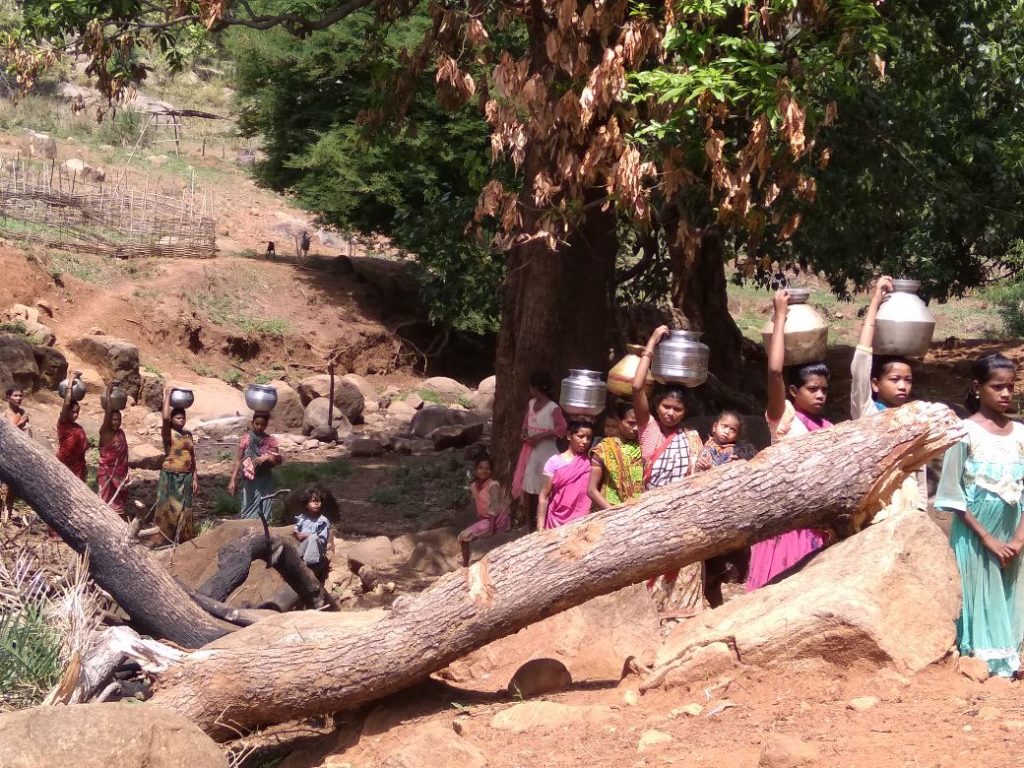
In some cases, it is covered with new clothes. The placenta falls from the mother’s womb and is buried in the hole. Three or five kendukhatli (kendu branches), some places mango branches are installed. Baby and the new mother takes bath till the end of the birth ritual i.e. nādharā (name-giving ritual) and ekusiā (21st-day ceremony). Gadnāshāl is also known as khudrāthegalāni, khodra, bamlikhāl, dā āde, etc. in various tribal groups.
Likewise, when a girl child get menarche she also takes ritual bath, it may differ from community to community even regionally. Also, every woman folk take ritual bath on the last day of their regular period. In marriage also water has a vital role. The initial ritual of marriage takes place from pāengadhā (taking bath). Pānirukā (pouring water) is a term for the arrangement of short-marriage-event for a couple who eloped by choice and are back home.
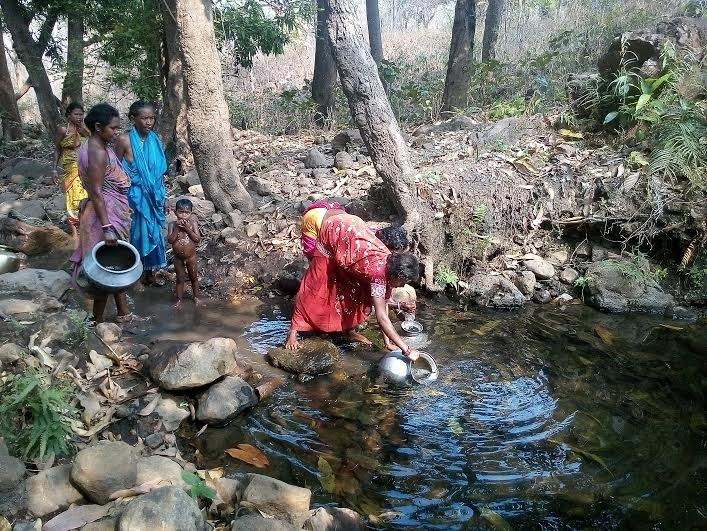
Amera pāen is an important part of marriage without performing any marriage ritual and the marriage is considered complete. In modosāl˗ wedding place, a pole is installed at the center or near the altar, where the water brought from the river or pond by the female family members (generally by sisters-in-law i.e. wife of elder brothers) of bridegrooms are hung on a pot with a shikā (rope hanger is called amerā pāen or pāni. The same is poured on the bride and bridegroom after modo gansan and durlā nāch. In various tribal groups amerā pāni is known as dharam pāen, karas pāen, dindā pāni, nitāhāndi pāni, nitādāgh, dā dupur, and jalkalsi dā.
In the case of death also bud (ritual bathing in pond or river) is unavoidable for rituals; no one can enter his home attending a funeral. The family members of deceased persons are purified by bandhu (family members of other than the deceased clan) family with pita ˗ neem leaf and water. The different tribal groups, as well as communities, serve pita differently, for example, Gond community immerse spade (that used to dig a pit to bury the dead boy) in water and sprinkle it on all funeral attendants and with raw milk on the family of the deceased. Kondh people sprinkle water with mango bark and leaf, and Dharuā community prepare pita bitter gourd leaf, and fish mixed with water. One can notice that people change other equipages but not water.
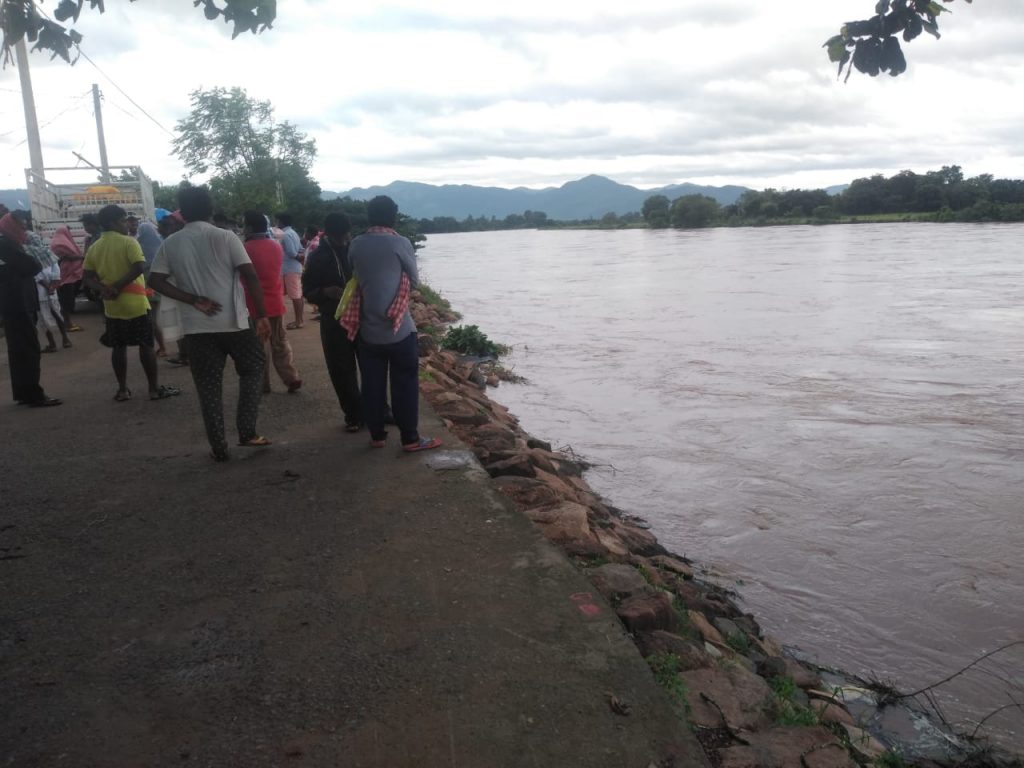
Water is also used to define an age-old tradition of the caste hierarchy of Indian society. Pāenkhiā lok is the term that denotes the upper castes and the group of community who can eat food in each other’s presence, they generally not an untouchable. It also has other important roles in the ritual of accepting a member being outcaste to being in the community again.
Today it seems that there is no untouchability in Indian society, and in the same way marriage, and eating is not restricted now to caste and community, but the truth is, it still exists. So, in traditional communities who still follow the age-old tradition a person is boycotted if he/she takes food or gets married in other caste or community. In this case, if the family members, as well as neighbours and community representatives, agree he or she may be allowed back with performing some rituals what is known as pānimishāni or pānimilā. However, this tradition is usually found only in the tribal and other neighbouring groups only.
Tribals of West Odisha and other communities have also a concept called of Jal kāmini, a Goddess who resides in water. Kāminis are seven sisters identified as Gangādi, Chhotibudhi, Dhārni, Pathar Gaden, Jāden, Kalkādei, and Nāchanidei. Region and community wise they have identified with different names also. Kāmini Devi is worshiped during the funerals, collecting amerā pāni, during the separation of wild herbs from the agricultural field, and at the time of sowing rice, harvesting, and even at puberty rituals of girls.
All their rituals are performed near a water reservoir like pond or river. Apart from these, children play some traditional games like phuit, chhipimarā, and pāenānbā etc. inwater reservoir or generally a pond.
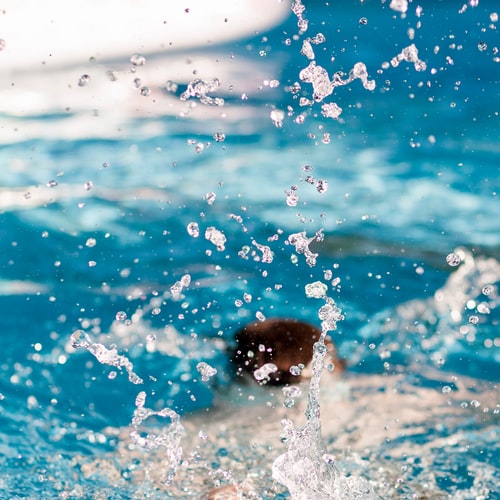
It important to know that people of West Odisha identify water in their day-to-day life in various way like khar (hard), madhur (soft), gandāl (unlearned) , ningal or jhaljhalā (clean) pāen (water); and jhar, jharna (spring), katā or katār (a kind of big pond), band (pond), chuān (well), naed (river), chahalā (water pit of a dry river) pāen according to the source of availability. People also collect water from achanā (the downside of a roof of a house) barsā pāen˗ rainwater.
It is also interesting that people of West Odisha observed beng-bihā (frog marriage), bhimā-bihā (the ceremonial observation of marriage of Bhimā˗ the rain God) as the other traditional communities of different regions of India is doing to appease the rain-god and believe therein. Not only Bhimā andKāmini there are other God-Goddesses for water and rain in tribal communities. Sugā Penu (stream god), Piju Penu (rain god), Ori Penu (river god); Deosāli (deity of water and rain); Jorā bāsum (God of the river), Sāilungdāsum (God of water who boring hole in the rock to allow the water flow out), Sālendāsum (god of water pots) are also worshiped in different occasion.
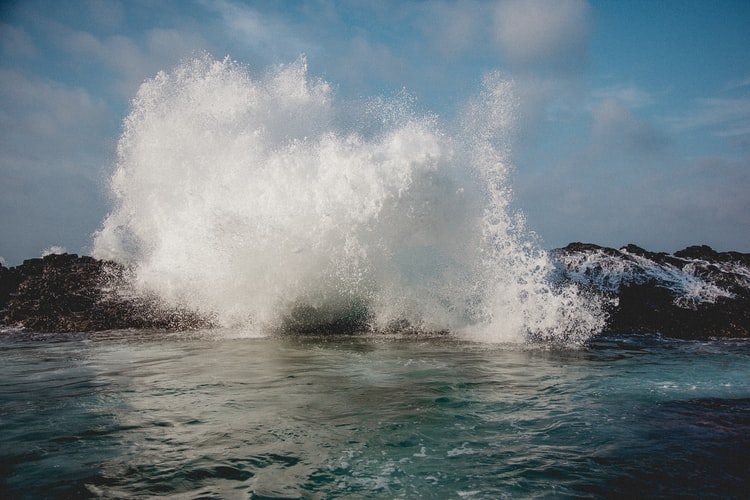
People say, pāen ār parān (water is life), malābele pāen rache debu (expecting good care in old-age from children or near one), pāni phute, mad rache dele dharam lāge (it is a pious work to serve water and food to needful). People also have age-old sense of water care those are expressed like this – pāenke nāin karba gandāl ār gān ke nāi karba bitāl (do not mess with water and do not disturb the peace of the village), gachh lagāle chhāenrā mile / band kudāle pāni / ghar banāle itā simete kāen hebā / mātine acche mahani (if you plant a tree you will get shadow and water, if you dig a pond you will get water, what is the use of of building a house with brick and cement the original home is built of mud), dhān rakhba pudā bāandi / bande bāndba pāni / sukā kale, mardi hele nāin heba ghātisāni (store rice in pudā (traditional rice container made of rice straws) and water in the pond so that you do not face any problem if there is any scarcity in the future).
(The views expressed are the writer’s own)
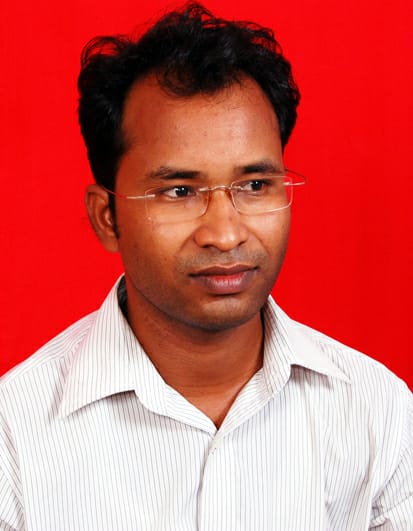
Dr.Sanjaya Kumar Bag
Koksara, Kalahandi, Ph.D. on folklore studies from the Department of Modern Indian Language and Literary Studies, the University of Delhi. Presently he teaches Odia in the Eastern Regional Language Centre, Bhubaneswar, Odisha.

